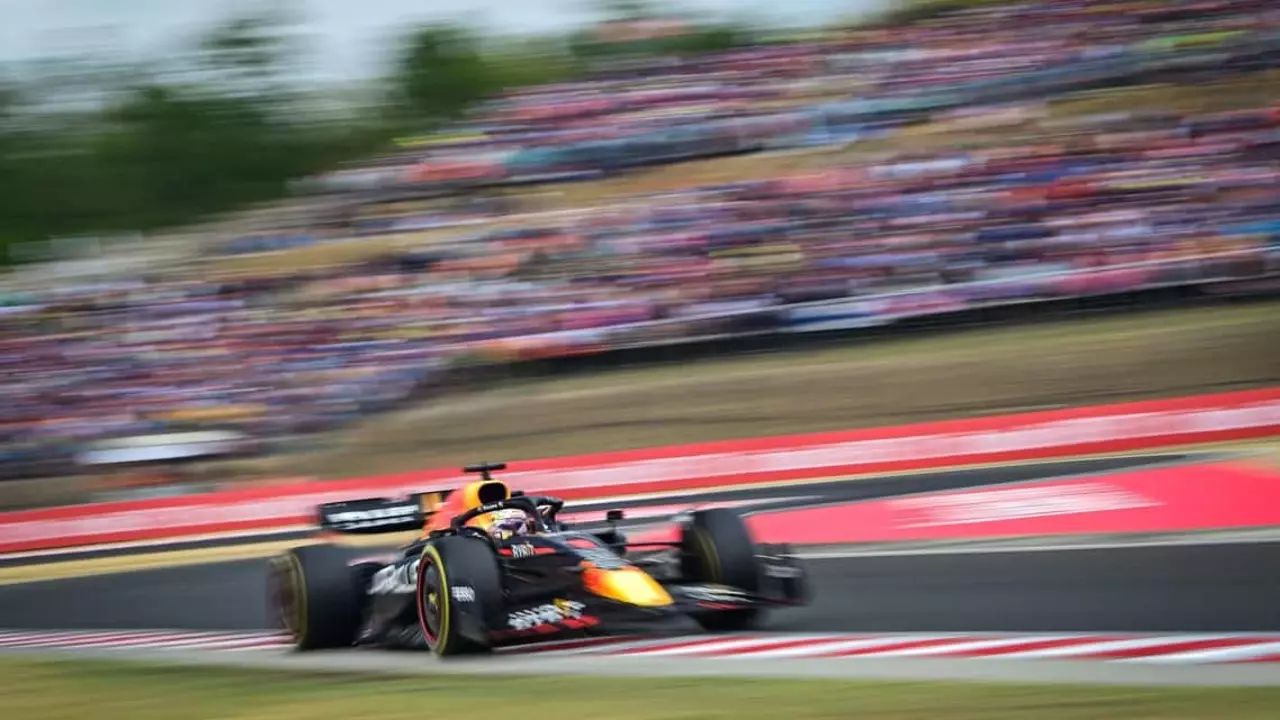Climate Impact on Motorsport – What You Need to Know
When you think of fast cars and roaring engines, climate isn’t the first thing that pops into mind. Yet the racing world is feeling the heat – literally and figuratively. Fans, teams, and organizers are all looking for ways to cut emissions, save energy, and keep the sport alive for future generations.
One big change is the rise of hybrid power units. These combine a traditional engine with electric assistance, delivering speed while using less fuel. Formula 1 introduced hybrids a few years back, and the performance boost has been clear. The same idea is spreading to endurance racing and even some touring‑car series.
But it’s not just about the cars. Circuits are getting smarter too. Many tracks now install solar panels on grandstands and use LED lighting that consumes far less electricity than old floodlights. This reduces the overall carbon footprint of a race weekend.
How Teams Are Going Green
Teams are adopting a “green‑first” mindset. They’re recycling parts, using biodegradable fluids, and even exploring bio‑fuels made from waste. Some manufacturers have announced plans to run their entire racing program on renewable energy within the next decade.
Logistics also matter. Shipping cars and equipment across continents creates a lot of emissions. To tackle this, several teams now partner with freight companies that offset carbon or use electric trucks for short hauls. It’s a small step, but when you add up every mile, it adds up.
Drivers themselves are becoming advocates. Many share tips on social media about reducing personal carbon footprints – from driving electric cars off‑track to supporting tree‑planting projects.
What Fans Can Do
Fans have a surprisingly big role. Choosing public transport, biking, or car‑pooling to the track can cut dozens of kilograms of CO₂ per person. If you’re watching from home, streaming the race on a low‑energy device and turning off unnecessary lights helps too.
Some venues now sell “green tickets” that include a carbon offset contribution. When you buy one, the money goes toward projects like wind farms or reforestation, balancing out the emissions from your travel.
Another easy action is to support merchandise made from recycled materials. Lots of teams have started offering hats, shirts, and accessories that use reclaimed plastic bottles or organic cotton.
Finally, voice your expectations. When fans ask for sustainable practices, organizers listen. Crowd pressure has already led to greener policies at several major circuits.
In short, climate concerns are reshaping motorsport from the ground up. Hybrid engines, renewable‑powered tracks, and eco‑friendly logistics are no longer niche ideas – they’re becoming the new norm. By staying informed and making small changes, everyone can help keep the thrill of racing alive while protecting the planet.
So the next time you hear a roar, remember that the sound can be louder for the right reasons – speed, excitement, and a commitment to a cleaner future.
What impact on climate do motorsports have?
Motorsports are a popular form of entertainment but they can have a significant impact on the environment and climate. The burning of fossil fuels, the production of exhaust fumes, and the release of hazardous materials all contribute to air pollution, which has a direct impact on climate change. Furthermore, the tracks, pits, and grandstands require large amounts of resources to construct and maintain, which can take a toll on the environment. Finally, noise pollution from the roar of the engines can have a negative effect on nearby wildlife. Ultimately, motorsports can have a significant and detrimental impact on the environment and climate.
